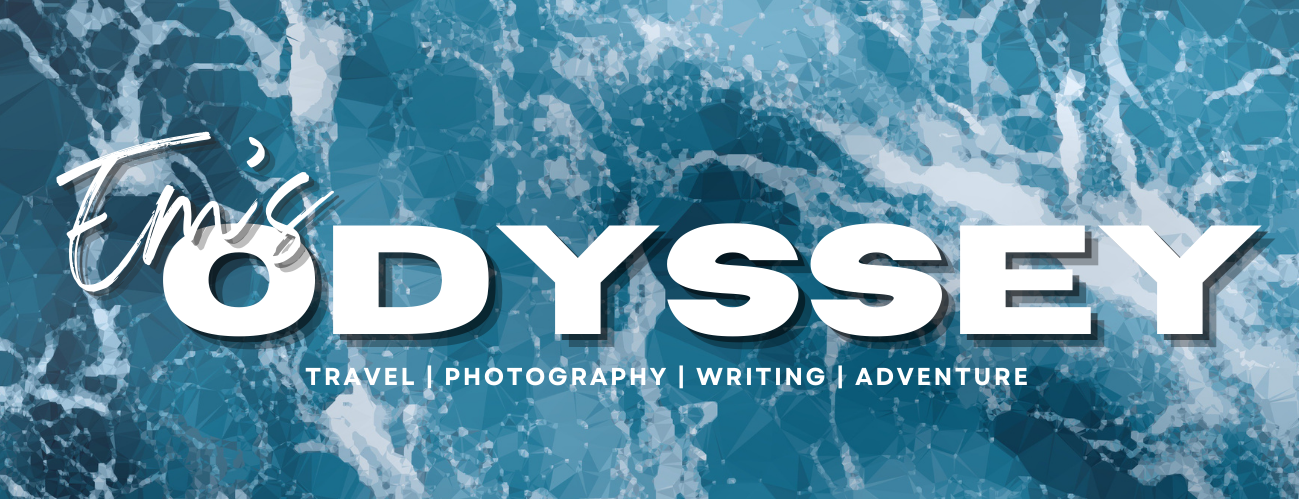
How to Harness the Power of Shutter Speed
Shutter speed is one of the three main points of the exposure triangle, which is the foundation for becoming comfortable with controlling the light, blur and noise within your photography.
I covered the first point a week or so ago when I discussed ‘Aperture’ and how it affects photography. You can read that here if you missed it! I’ll be using that post to build on some discussion points today.
What is shutter speed?

Shutter speed is the rate at which your camera’s shutter opens and closes. This lets light (highlighted in yellow and blue on the diagram) onto the sensor (highlighted in red on the diagram). If you have a film camera, the shutter opens to reveal light onto the chemically coated film, which exposes into a photograph.
This will affect what is called motion blur. A fast shutter speed will ‘freeze’ motion, while a slow shutter speed will create blur around the moving subject.
What do the numbers mean?
Shutter speed is counted using seconds and fractions of a second. Sometimes even minutes, depending on the type of photography you are doing – for example star trail photography which I cover here. Generally, you won’t use any lower than a few seconds, but you can typically have anywhere from 30 seconds on Manual mode, to an eight thousandth of a second depending on your camera.
On your camera, this is represented by a number. For example, a 30 second exposure will be shown by 30″, and an eight thousandth will be shown by 1/8000.
Here are some examples of fast and slow shutter speeds.

This photo of my friend has motion blur in the background and around parts of the bike. This was because my speed was set LOW to 1/30s.

In the photo with the skater however, there is no motion blur, even though we know he is moving. This is because my speed was set HIGH to 1/1250s.
What else does this change?
When we change how long our shutter is open for, we also affect how much light is let into the camera.
The LONGER your shutter is open, the MORE light is let in, therefore the LIGHTER the photo.
The LESS time the shutter is open, the LESS light is let in, therefore the DARKER the photo.
This is why when we take star photos, we have to open our shutter for around 20 seconds – to let enough light into the camera.
what can I use shutter speed for?
Shutter speed is a great tool to add depth to a photo. It can show motion, create a documentary-style feel and also isolate the subject of your shots. If you’re not comfortable using Manual mode and taking control of all three settings (ISO, Aperture and Shutter Sp.) you can use Shutter Priority or TV/S on your main dial. This will allow you to change the speed, while the camera automatically changes your ISO and Aperture to keep the photo consistent.
LOW shutter SPEED – 30″ – 1/60s
LOW – MORE BLUR, MORE LIGHT




HIGH shutter Speed – 1/70s – 1/8000s+
HIGH – LESS BLUR, LESS LIGHT



points to take away
So, what have we learned today?
WHAT IS SHUTTER SPEED? Shutter speed is the rate at which your camera’s shutter opens and closes.
WHAT DO THE NUMBERS MEAN? The numbers represent how long your shutter is open for – from a few seconds (e.g. 1″, 2″ 3″) to a fraction of a second (e.g. 1/60s, 1/50s, 1/250s).
WHAT CAN I USE IF I’M NOT COMFORTABLE WITH MANUAL? Shutter Priority on the main dial (TV or S) allows you to change the speed, while keeping ISO and Aperture automatic.
If you want to learn a bit more about photography basics, start here.
If you’re interested in learning some astrophotography, start here!
Happy snaps!
FOLLOW ME ON INSTAGRAM here





